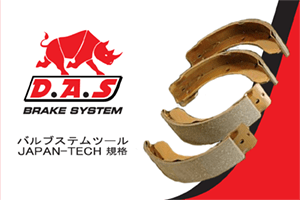
DAS BRAKE PADS
DAS brake pads uses two type of materials: Semi-Metallic brake pads and Ceramic brake pads.
Typically there are three different types of materials used in brake pads
- Organic
- Semi-metallic
- Ceramic
The following are some brief comparisons on these types of brake pads.
Organic Brake Pads
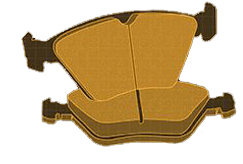
- Price – LOW
- Performance – LOW
- Noise – LOW
- Wear & Tear – LOW
Made from natural materials like rubber, glass and kevlar which are bonded together with high heat resistant compounds like resin.
Advantages:
- Inexpensive
- Softer & quieter
- Do not produce high heat in generating good friction
- Produce less dust than metallic brake pads
Disadvantages:
- Lower operating temperature
- Quick to loose friction if over heated
- Wear out quickly compared to other types of brake pads
- High compressibility – can cause “mushy” feel when braking
- Not suitable for performance driving
Suitable for small vehicles and driververs who loves comfortable and normal driving.
Metallic or Semi-Metallic Brake Pads
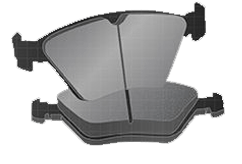
- Price – MEDIUM
- Performance – HIGH
- Noise – HIGH
- Wear & Tear – MEDIUM
Made from 30-70% metal, normally from steel, iron, copper, graphite compounds. In these semi-metallic brake pads, these materials are mixed with organic compounds.
Advantages:
- Superior braking performance over organic pads
- Excellent for heat transfer. Can withstand much higher operating temperatures
- Even when cold they are still able to provide good performance, but with a slightly firmer brake pedal feel
- Resistance to brake fade is superior to organic pads
- They are suitable for many driving conditions, including track racing
Disadvantages:
- Noisier than organic or ceramic pads
- They produce more brake dust
- Wear brake rotors faster as they are far more abrasive than other types of brake pads
- They are more expensive than organic brake pads, but cheaper than ceramic brake pads
Performance car drivers prefer the metallic brake pads because these brake pads improve braking efficiency and work in a wider range of temperatures and conditions.
Ceramic Brake Pads
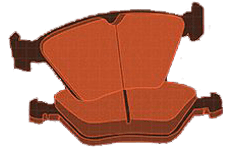
- Price – HIGH
- Performance – MEDIUM
- Noise – VERY LOW
- Wear & Tear – VERY LOW
Made of glass ceramic fibres, filler material, bonding agents, and a very small amount of imbedded copper fibres.
Some Ceramic pads contains carbon fibre reinforced with ceramic material reinforced at the core and with or without an additional ceramic layer on the friction surface.
Advantages:
- Less noise and vibration
- Produce finer dust which does not stick to wheels
- Reduces brake wear – they offer the longest lifespan when compared with organic or metallic pads
- Excellent thermal efficiency allows optimal performance in a wide range of temperatures
- Stays cooler than metallic brake pads.
- Their performance stays strong with repeated hard stops
- They offer up 70% weight saving, improved handling and drivability in both wet and dry conditions
- Resistant to salt and water
Disadvantages:
- The most expensive but premium type of brakes
- Require a baseline level of temperature for optimal performance. Not so good in cold climates.
Many high performance car manufacturers favours the ceramic brake pads and use these brake pads as Original Equipment
DAS Brake Pads GOLD - Semi Metallic
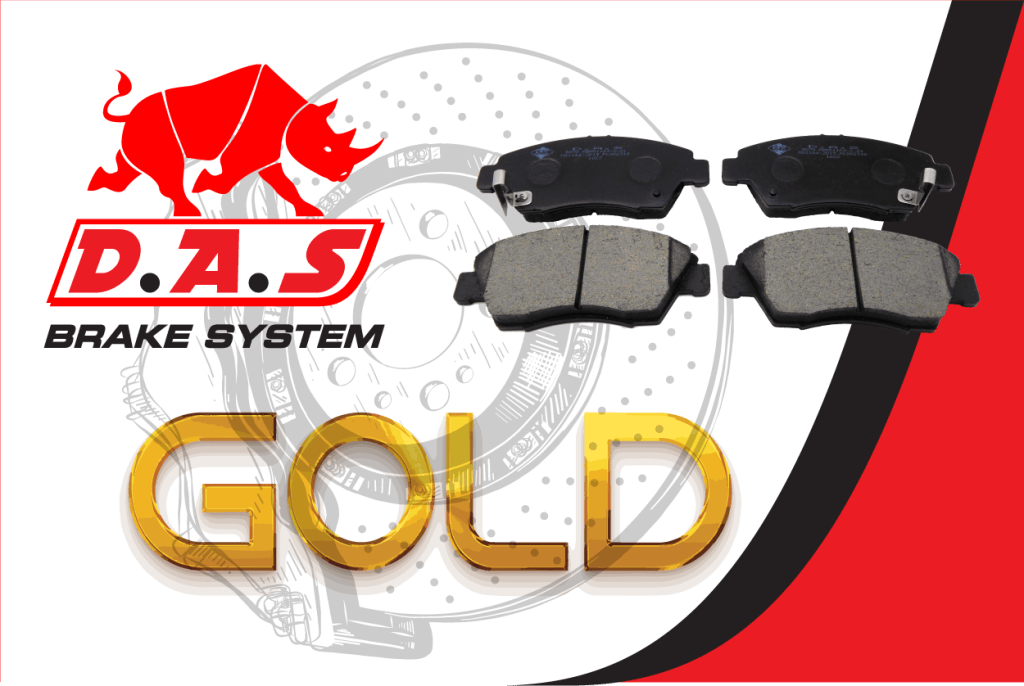

DAS Semi-Metallic Brake Pads
Features:
- Asbestos Free
- Low Metal Formulation
- Safe & Reliable
- High Performance
- Less Noise and Dust
- Responsive Pedal Fee
- Durable
Designed for many vehicle makes and models
Conforms to OEM specifications
DAS Brake Pads - Ceramic
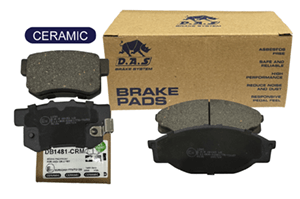
DAS Ceramic Brake Pads
Features:
- Asbestos Free
- Safe & Reliable
- High Performance
- Reduced Noise and Dust
- Responsive Pedal Feel
- Durable
Designed for many vehicle makes and models
Conforms to OEM specifications
Contact us to order & for more information
